|
|
 NATURE
HAPPENINGS - September 2005 NATURE
HAPPENINGS - September 2005
September’s March
of Migration
by Damian Fagan
|
Perhaps
it is the way in which the Emperor penguins waddle
across the frozen landscape of Antarctica that captures
people’s attention in the recent film March of
the Penguins. Covering up to 75 miles on their feet
and bellies, this procession, done several times a
year, is a “breeding season migration” from
the icy waters of Antarctica to the wind-whipped inland
plains.
Incredible, yes. Awesome, no doubt. But in
terms of a weight to distance ratio, these
penguins don’t hold a feather to the flying jewels – the
hummingbirds.
Soaking wet, most hummingbirds in the western United States weigh
around 3-4 grams, which equals less than one ounce. But packed into
those tiny four-inch statures is a dynamo of action, a blur of feathers,
a buzz in flight. They are considered “aerial artists” for
their flight displays that include vertical takeoffs; flying backwards,
sideways or upside down; and rolls and somersaults that would be
the envy of any pilot. About the only thing they can do not well
is soar – a feat that would help them during their long distant
migrations.
Hummingbirds have a unique shoulder joint where the upper arm bones
(the humerus, ulna and radia) are flexed in a V-shape. Whenever the
bird changes flight direction, the bones can rotate 180 degrees,
creating power on both the up and down stroke of the wing. This unique
motion enables the bird to hover or back up, necessary movements
for a flower pollinator.
But this structure comes at a cost – high fuel intake. In the
case of the hummingbird, more than one-quarter of their body weight
is in these flight muscles. The rapid wingbeats and constant motion
(remember bad at soaring) means frequent stops at nectar bars, feeders
or spider webs for fuel.
Breeding season aside, starting in July and ending in September or
October, hummingbirds pass through the Moab Valley on their way to
their wintering grounds in Arizona, Baja California or Mexico. One
species that passes through the valley is the rufous hummingbird,
Selasphorus rufus.
The name comes from their buffy-orange bodies and orange tails. Some
individuals nest in southeast Alaska, others only go to the Pacific
Northwest to raise their broods. But as the season’s change
and the sun starts its sojourn back to the south, these birds prepare
for their 2,000-mile migration to southern Mexico.
What is remarkable is that the males depart first, having served
their time as mate and protector. But they don’t just join
en masse and amiably head south. These guys defend their temporary
feeding grounds from all others. Usually it’s Indian paintbrush
blooms or plastic feeders that these birds joust over. And not just
with other hummingbirds. The males will drive off bees, hawkmoths,
butterflies, anyone worth their efforts. They will even drain the
nectar sources around their territory in the early morning, just
to better protect their core resources during the day.
Though the birds seem to be in constant motion during the day, they
alternate foraging flights with periods of rest. During these down
times, the birds empty the nectar stored in their small crops. The
crop, attached to the digestive system, stores recently consumed
food that the birds can process later. So while the hummer watches
and rests, digestive action is underway.
Though the birds are partial to Indian paintbrush flowers, they will
forage on thistles, penstemons and other nectar producing flowers
that bloom in the late summer. They will also time their forays with
peak nectar production to minimize energy loss during these flights.
So though it may be too late this season to plant hummingbird-friendly
plants, you could hang feeders to attract these migrants in your
yard. Select one (or place several out of sight from each other)
with bright colors – yellow or red – and fill it with
a 1:4 sugar to water mix. Place the feeder in a location where you
can observe the daily “march” of these flying jewels
as they pass by on their southward migration.
Then let the show begin. |
|
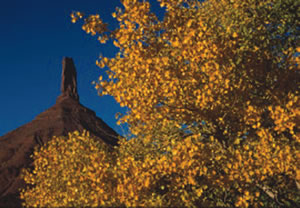
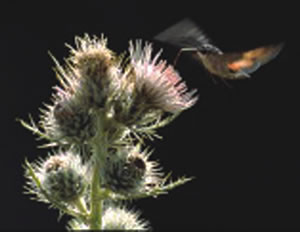
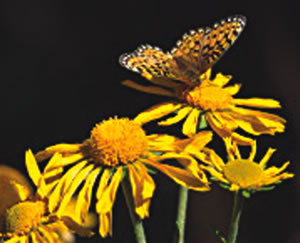
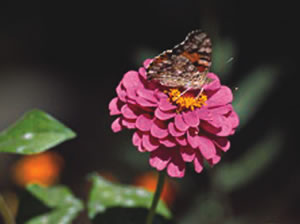
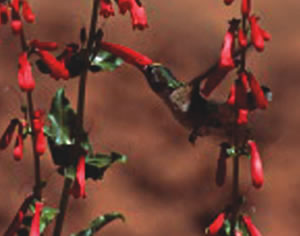

|
|
|
|
|
|
|
|
© 2002-2024 Moab Happenings. All rights
reserved.
Reproduction of information contained in this site is
expressly prohibited.
|
|